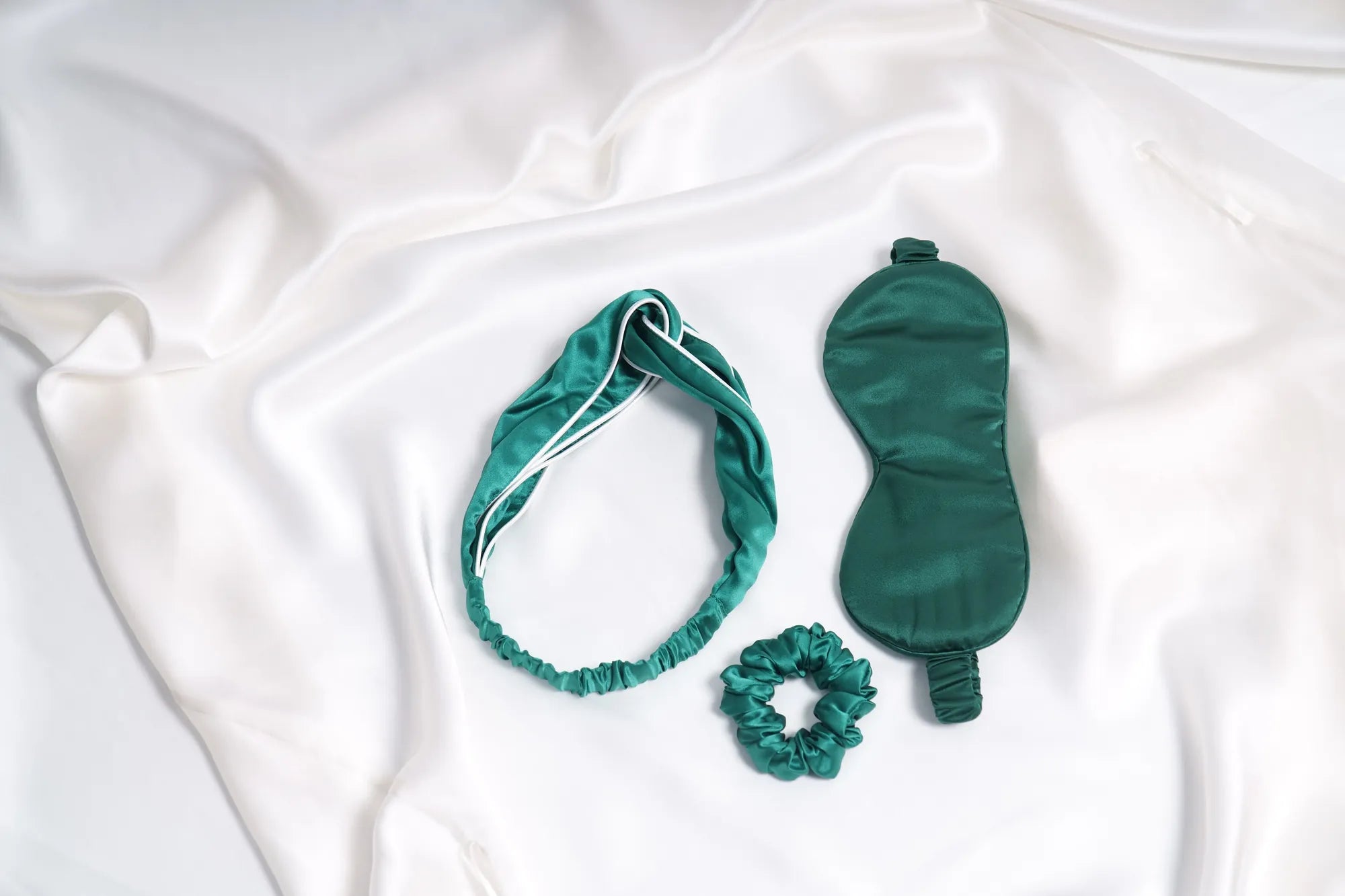Linen vs Silk Pillowcase: Which Offers Better Beauty and Sleep Benefits?
- ved wangfred
-

Could your pillowcase be the secret to waking up with smoother skin and frizz-free hair? The debate between linen and silk pillowcases has long intrigued beauty enthusiasts and sleep lovers alike. Both fabrics promise unique benefits, but choosing the right one depends on your priorities, habits, and even your sleeping style. Let’s unravel the threads of this fabric face-off.
Understanding the Contenders
Before diving into comparisons, it’s essential to understand what makes these natural fabrics distinct. Linen comes from the flax plant, known for its rugged texture and breathability. Silk, produced by silkworms, boasts a legendary smoothness that’s become synonymous with luxury. Their fundamental differences in origin create diverging performance characteristics that impact everything from temperature regulation to skincare benefits.
The Case for Linen Pillowcases
Breathability Champion
Linen’s open weave structure allows exceptional airflow, making it ideal for hot sleepers. The fabric naturally wicks moisture away from the skin, helping prevent nighttime sweating and acne flare-ups. Its temperature-regulating properties ensure consistent comfort whether you’re sleeping in summer heat or winter chill.
Natural Exfoliation Benefits
The slightly textured surface of linen provides gentle mechanical exfoliation. This subtle abrasion helps remove dead skin cells without irritation, potentially improving product absorption and skin renewal processes during sleep. However, this texture might not suit those with extremely sensitive skin.
Durability and Maintenance
Linen grows softer with each wash while maintaining structural integrity. Most linen pillowcases withstand machine washing and improve in texture over time. Their natural antibacterial properties reduce odor retention, making them low-maintenance for busy lifestyles.
The Silk Pillowcase Advantage
Friction-Free Surface
Silk’s smooth texture creates minimal friction against skin and hair. This characteristic helps prevent sleep creases that can contribute to wrinkle formation and reduces hair breakage and frizz. The slippery surface allows hair to glide effortlessly, preserving hairstyles and reducing tangles.
Temperature Balancing Act
Despite common misconceptions, high-quality silk provides natural thermoregulation. The protein-based fibers adapt to body temperature, keeping users cool in summer and warm in winter. This makes silk surprisingly versatile for various climate conditions.
Delicate Care Requirements
Silk demands gentle handling, typically requiring hand-washing or dry cleaning. While some modern versions claim machine-wash durability, most experts recommend special care to maintain the fabric’s integrity and prevent premature wear.
Critical Comparison Factors
Skin Health Considerations
For acne-prone skin, linen’s moisture-wicking properties may help reduce breakouts. Those with sensitive skin might prefer silk’s smooth surface to minimize irritation. Mature skin could benefit from silk’s friction reduction, while combination skin types might appreciate linen’s balancing effects.
Hair Protection Features
Curly or fragile hair types often fare better with silk’s slippery surface that prevents moisture loss and breakage. Straight, thick hair might tolerate linen’s texture well, especially if prioritizing scalp health through improved airflow.
Long-Term Investment Value
While linen typically costs less upfront, its durability makes it a long-term value. Silk’s higher initial price reflects its luxurious feel but requires replacement more frequently unless meticulously cared for.
Environmental Impact
Linen production generally has a lower environmental footprint, requiring less water and pesticides than cotton. Silk manufacturing involves more complex processes, though peace silk options address ethical concerns regarding traditional production methods.
Who Should Choose Which?
Ideal Linen Candidates
- Hot sleepers and night sweaters
- Those prioritizing natural, sustainable materials
- People seeking low-maintenance bedding
- Individuals wanting textured fabric benefits
Perfect Silk Matches
- People concerned about facial wrinkles
- Those with fragile or curly hair types
- Cool sleepers wanting temperature adaptation
- Luxury seekers valuing sensual sleep experiences
Care and Maintenance Tips
Maximize linen’s lifespan by washing with similar colors and avoiding harsh chemicals. Iron while damp for crispness or embrace natural wrinkles. Protect silk by using mild detergents, avoiding direct sunlight, and storing in breathable fabric bags.
Unexpected Benefits Revealed
Recent studies suggest linen’s natural texture may stimulate blood circulation in facial skin during sleep. Silk’s molecular structure contains amino acids similar to human skin, potentially aiding in moisture retention. Both fabrics resist dust mites better than cotton, benefiting allergy sufferers.
Ready to revolutionize your beauty sleep? Your perfect pillowcase partner depends on whether you prioritize cooling comfort and natural texture (linen) or friction reduction and hair protection (silk). Whichever you choose, remember that consistent care and proper maintenance will amplify your chosen fabric’s benefits. Sweet dreams and even sweeter morning hair days await with the right selection!












